
by admin | Apr 30, 2024 | Project Management
Stakeholder Relationships
In project management, having strong relationships with stakeholders is critical to success. As someone who has mentored thousands of PMP, PgMP, and PfMP professionals, I have seen firsthand how strategic stakeholder engagement can transform project outcomes.
Ways to approach Stakeholder Relationships
Below are some essential strategies for building and maintaining these crucial relationships:
1. Map the territory: Understand the stakeholder hierarchy and create detailed profiles for individual and group stakeholders.
2. Design relationship pathways: Use relationship maps to illuminate interactions, thereby ensuring timely and effective communication.
3. Consistency and integrity: Always interact with professionalism and authenticity, building trust through reliability and ethical behavior.
4. Meet and exceed expectations: Foster trust and bolster confidence by managing and surpassing stakeholder expectations, committing to your promises, and maintaining transparency.
5. Support to succeed: Focus on how you can support stakeholders in ways that benefit project goals, enhancing mutual success.
Let’s share our ideas on personalizing our approach to stakeholder management and take our projects to new heights of success.
🚀 Elevate Your Project Management Career:
– Register for my upcoming PgMP/PfMP Success Story Webinar: https://bit.ly/3TSx8fj
– Book an obligation-free consultation session on Project management Career, training, and certifications: http://talktodharam.com
– Discover training offers and certification discounts: https://bit.ly/3jWVepD
– Stay updated with our Q&A series and certification success stories by subscribing to the vCare Project Management YouTube channel at https://bit.ly/2YF0wJl
– Follow my podcasts and interviews with Project Management Experts on YouTube at https://bit.ly/2NDY8wd
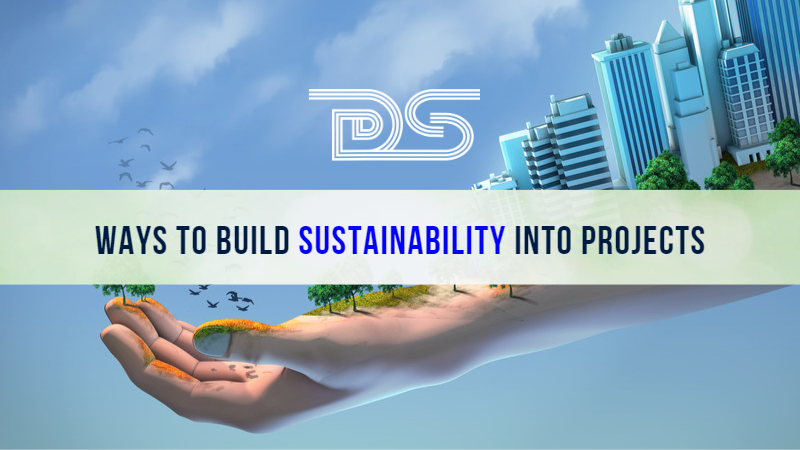
by admin | Nov 24, 2023 | General
The world is becoming more aware of the destructive impacts of climate change, and many businesses have started realizing the critical importance of sustainability to their future operations. Making the projects more sustainable is important to build a more sustainable world. But how to establish it?

Consumer Shift to Sustainability
According to Deloitte research, 28% of customers have stopped purchasing specific items owing to ethical or environmental concerns, increasing to 45% among Gen Z consumers. Approximately half of the consumers are prepared to spend extra money on more ethical and ecologically friendly brands.
However, keeping track of and being open about an organization’s sustainability initiatives is difficult if these metrics and methodologies are not evaluated and integrated into project processes. Unfortunately, what frequently happens is a lot of greenwashing, over-promising, and under-delivering sustainability goals, which may lead to even more distrust in brands and corporations.
As a result, many organizations are adding and integrating new sustainability features into their pre-existing project processes to meet the growing need for accountability and transparency in sustainability activities. However, as regulations evolve and customers grow more attentive, this strategy may no longer be adequate. That is why the organization needs sustainable project management.
Sustainable project management
71% of the world’s top 500 companies openly disclose their greenhouse gas emissions, among other energy metrics. Sustainability has become a commercial priority for all industries, and organizations recognize that it is not responsible for ignoring the problem.

Broadening Project Management for Sustainability
However, sustainable project management is more than just being green and combating climate change. It is a duty to ensure that resources are utilized appropriately, that individuals are treated equally and fairly, and that communities are considered when making choices. Therefore, project managers in this sector will adopt a comprehensive approach, evaluating environmental, social, and economic aspects. They collaborate with environmental planners, hydrogeologists, and geotechnical engineers, to name a few of the ecological professions helping to remake our planet for the better.

Principles of Sustainable Project Management
Sustainable project management is an approach that:
- Takes into account the complete Triple Bottom Line viewpoint.
- Considers the complete life cycle of a project, from project-related activities through final deliverables.
- Engages stakeholders actively and openly rather than merely managing their expectations.
- Accepts responsibility for its actions to society and the environment.
- Considers the short and long-term consequences of all project operations and results.
Building sustainability into projects
Project managers are responsible for supervising the project delivery and support procedures. They will both strive to ensure client satisfaction while inspiring their team to deliver excellence. That is the essence of the role of a project manager.
Meanwhile, a project manager concerned with sustainability will take a more comprehensive approach. They will consider resource use, climate change mitigation, property rights, community engagement, and human rights. It’s a complicated profession that, when done correctly, can have a huge influence on civilizations. The project manager’s objective is to produce value and complete a project on time and within budget, but also to do it ethically and fairly.
Environmental management and responsible resource use have never been more popular. As a result, companies worldwide are seeking methods to cut waste and lessen the environmental effect of their operations. Being environmentally responsible not only helps firms appeal to customers, but it may also assist save costs by reducing resource requirements and minimizing exposure to potential regulatory fines.
When a company implements a “green” mindset into its project management approach, the positive impacts may spread across the organization, resulting in increased efficiency, less waste, and increased employee morale. Here are some ideas for building and carrying out sustainable projects in any industry.

Strategies for Project Sustainability Across Industries
- Start by assessing your current project’s sustainability.
Before taking measures toward increased sustainability, you must first understand where you are now. A sustainability analysis can assist the project manager in identifying the most significant development areas and measuring success as the sustainability project takes shape. First, determine if the concept of sustainability applies to a project or project management technique, and then assess the costs and effort necessary to improve.
- Develop a sustainability strategy
Once the evaluation is complete, the next stage is to develop a strategy that describes the business’s goals for enhancing sustainability, like how the goals will be achieved and what the organization wants to gain from the process. Like a project plan, the strategy should identify the people, roles, or departments that will drive the sustainability effort and the degree of power they will have in establishing project priorities.
Every day, modern organizations face new and growing obstacles. On the other hand, sustainable businesses have proven to be more resilient. But where do you begin? What steps can be taken to take your efforts to the next level? Here are the four critical steps in developing a sustainability strategy.

Crafting a Sustainability Strategy in Four Steps
Step 1: Identify the impact factors
Before developing a sustainability strategy, you must determine which factors are important to your company. Each company is unique based on the following:
- The industry you operate in
- The size of your company
- The location
- Your place in the supply chain
Different aspects will be relevant to your business.
The four pillars of sustainability
To ensure that your sustainability strategy has the greatest potential impact, you must first determine which aspects are most important to you. Companies should undertake a materiality analysis to do this. Here are the four sustainability pillars to consider in the analysis:

Core Aspects of Sustainability
- Environment
- Labour and Human Rights
- Business Ethics
- Sustainable Sourcing
Collecting data
Starting a stakeholder engagement with internal and external stakeholders is an excellent strategy for discovering your impact factors. In addition, conducting a survey or interviews will give you more profound knowledge.
Step 2: Determine the long-term vision and mission
After recognizing the crucial material issues, determine which ones you can genuinely influence. It is now time to develop a long-term purpose and vision. These two steps are critical for good strategic planning. They may give consistency and establish limits for your business and its employees.
The ideal future
A mission statement focuses on your company’s present position and briefly explains its main purpose, focus, and goals. On the other hand, a vision statement summarizes an organization’s goals and the larger influence it hopes to have in the future. As a result, your vision and mission statement must represent your fundamental materials challenges and expand on your materiality assessment results. In addition, your company’s distinct traits must be taken into account. This aspect may assist you in prioritizing the impact elements and creating long-term alignment in your organization.
Step 3: Formulate the sustainability strategy
Finally, in the third step, you can begin designing the real strategy, which is a more immediate translation of your vision and goal. It should include all of the impact elements (identified in step 1) that are relevant to your business. More precisely, you must determine short- and mid-term objectives to realize your long-term vision and purpose (identified in step 2). Breaking down these long-term high-level statements will make each step more concrete and manageable.
Setting goals
The goals should be SMART:
- Specific
- Measurable
- Achievable
- Realistic
- Timely
After you’ve chosen a set of relevant targets, you’ll need to decide what steps your organization will take to reach them. Project outlines and processes must be outlined in detail. It is critical to ensure that your approach promotes both horizontal and vertical cohesion.
- The alignment of multiple departments and sustainability pillars is called horizontal coherence.
- Vertical alignment, on the other hand, refers to the consistency of choices made at the management (group or entity) and operational levels.
Step 4: Implement the sustainability strategy and track success.
The next stage will be to put your thoughts into action. Developing a great plan begins with collecting relative insights and understanding your primary material concerns. Then, by following a step-by-step approach, you can create a framework that will allow you to focus on investment and drive performance while also engaging internal and external stakeholders.
- Adopt a sustainability standard
As interest in project sustainability grows, companies have established guidelines to assist senior leaders and project managers in determining if they are reaching their sustainability objectives. For example, Green Project Management has issued the P5 Standard for Sustainability in Project Management, a set of goals and measurements that businesses may use to drive their efforts.
- Look for sustainability in partners and vendors.
The larger an organization, the greater leverage it has on the firms with whom it does business. So asking vendors and suppliers to raise their sustainability can lower the organization’s environmental footprint and lead to broader changes among the vendors and customers.
- Spread the word
Communication is the key to success in every organizational activity. Begin including your project teams in the process as soon as your sustainability strategy is determined. Solicit input on your sustainability goals and fresh suggestions from staff based on prior efforts. The more engaged your team is in the sustainability project, the more determined they will see it through.
- Be adaptable
One critical component of project sustainability is the capacity to adapt to changes in the organization, technology, and competition. Because these factors might shift a company’s goals while responding to them can help you succeed. This move might also include modifying project criteria or responding quickly to problems to execute projects on schedule and budget.
- Ensure projects are manageable
Projects become sustainable when they are manageable. While you may have larger ambitions, breaking them down into smaller, more manageable tasks might help you with expenses and resource allocation over time. You may also check your ability to implement manageable initiatives, such as having the necessary teams and approval processes. When planning for the future, be sure the organization can support any system or process modifications that a project manager wants to deploy.
- Review scalability
The ability to raise or reduce your resources based on your project’s demands is called scalability. This need frequently occurs when the scope of a project grows greater than intended, necessitating the use of additional tools, funds, people, or other resources to execute it. Ensuring that you can handle changes in scale may aid in developing a long-term sustainability strategy since it provides that the result will still be worth any additional demands.
Why should every project manager prioritize sustainability?
As governments worldwide establish net-zero carbon objectives, project managers are being charged with rethinking work processes to reduce emissions. Everything from planning to procurement to team structures is being re-evaluated to achieve sustainability goals. However, it is important to realize that sustainability covers more than climate change. It entails balancing projects’ environmental, social, economic, and administrative components to fulfill the requirements of present stakeholders without compromising the needs of future generations. Far from being a burden, sustainability provides an opportunity for project professionals to demonstrate their value by connecting with company strategic objectives centered on net zero. By incorporating sustainability into all aspects of their projects, project managers may make a significant difference and increase their visibility to the organization’s leadership.
Final Thoughts
Project Sustainability Management necessitates a more comprehensive strategy. It considers resource utilization, climate change mitigation, property rights, community engagement, and human rights. The project manager’s mission is to provide value and complete a project on time and under budget and do it ethically and fairly. The intertemporal character of sustainable project management contributes to its complexity. As a result, the lifetime of a sustainable project should not end after completion; environmental and social impacts must also be monitored and regulated afterward.
Project managers are in charge of managing the project delivery and support procedures. Both will ensure client satisfaction while inspiring their teams to produce greatness.
Project managers must consequently arm themselves with new indicators, such as ISO, SA, and others, for monitoring and managing these environmental and social issues. In the end, initiatives serve as a tool for effecting change, introducing new goods and services, and shaping society. As a result, sustainability should not be an afterthought but rather one of the primary aims of any project.
Feel free to check out my discussion on this topic with Thomas Walenta in YouTube
For any questions related to your Project Management career, training, and certifications, you can book an obligation free 15 minutes session with me by visiting https://bit.ly/2SbhTOK
You can subscribe to the vCare Project Management YouTube Channel to catch future videos of our Q&A series and certification success stories: https://bit.ly/2YF0wJl
You can subscribe to and follow my podcasts and interviews with Project Management Experts on YouTube at https://bit.ly/2NDY8wd
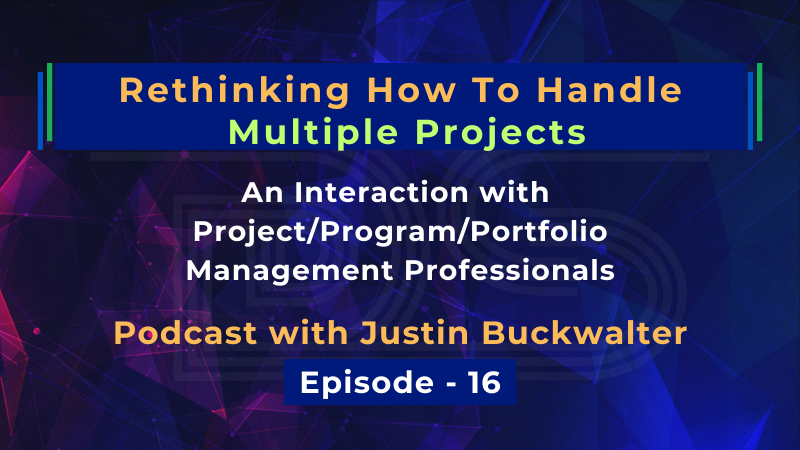


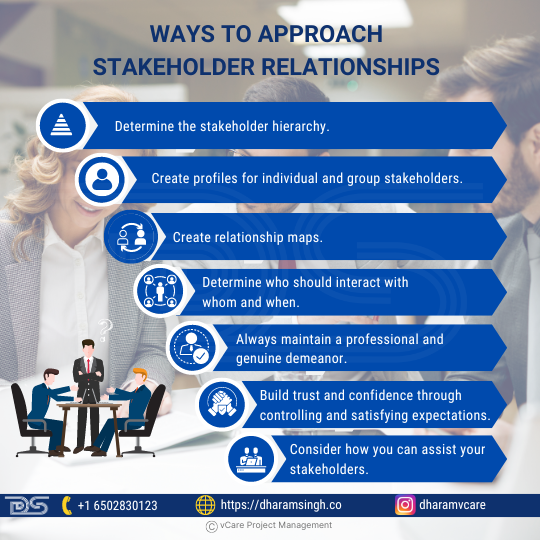
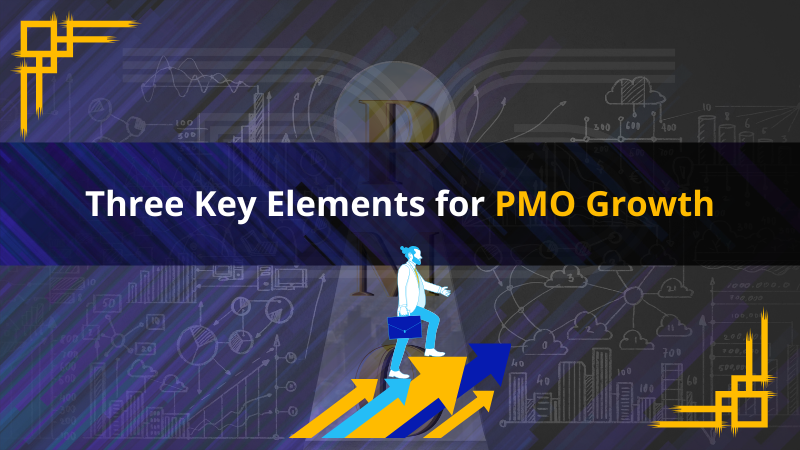
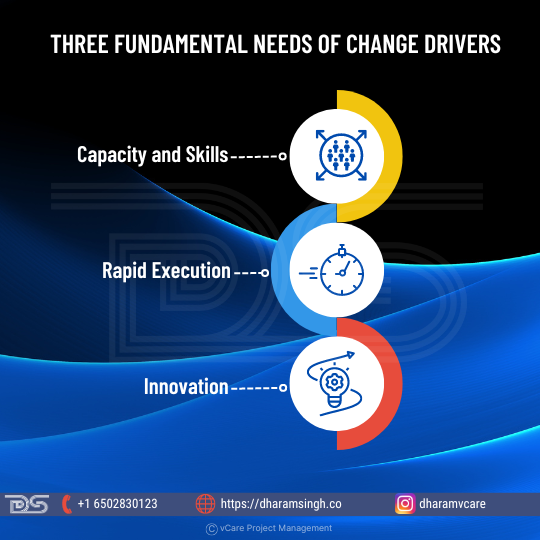
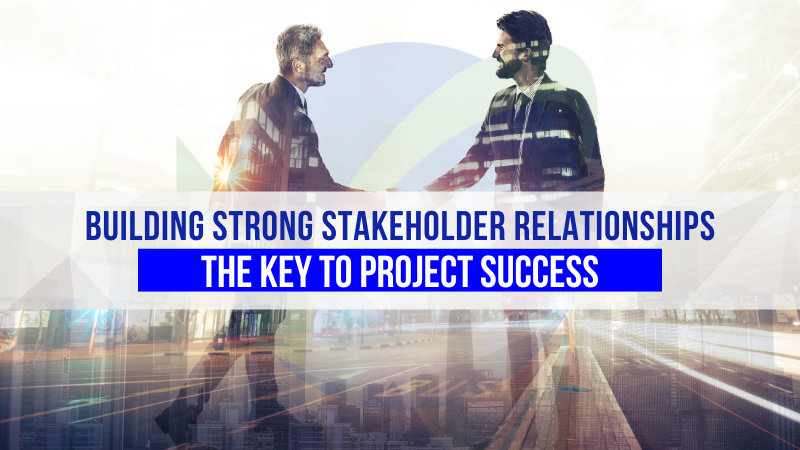
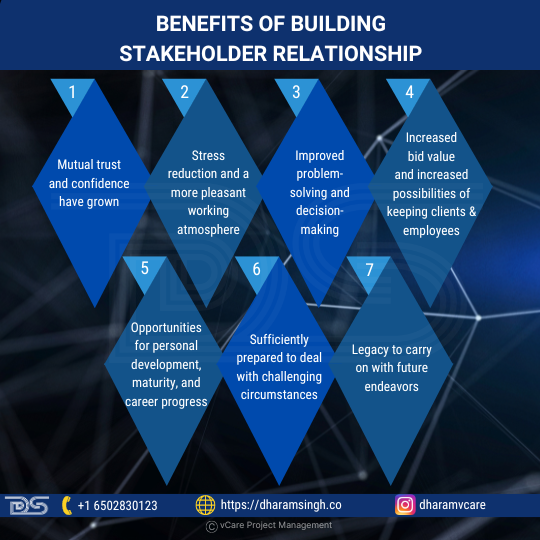








Recent Comments